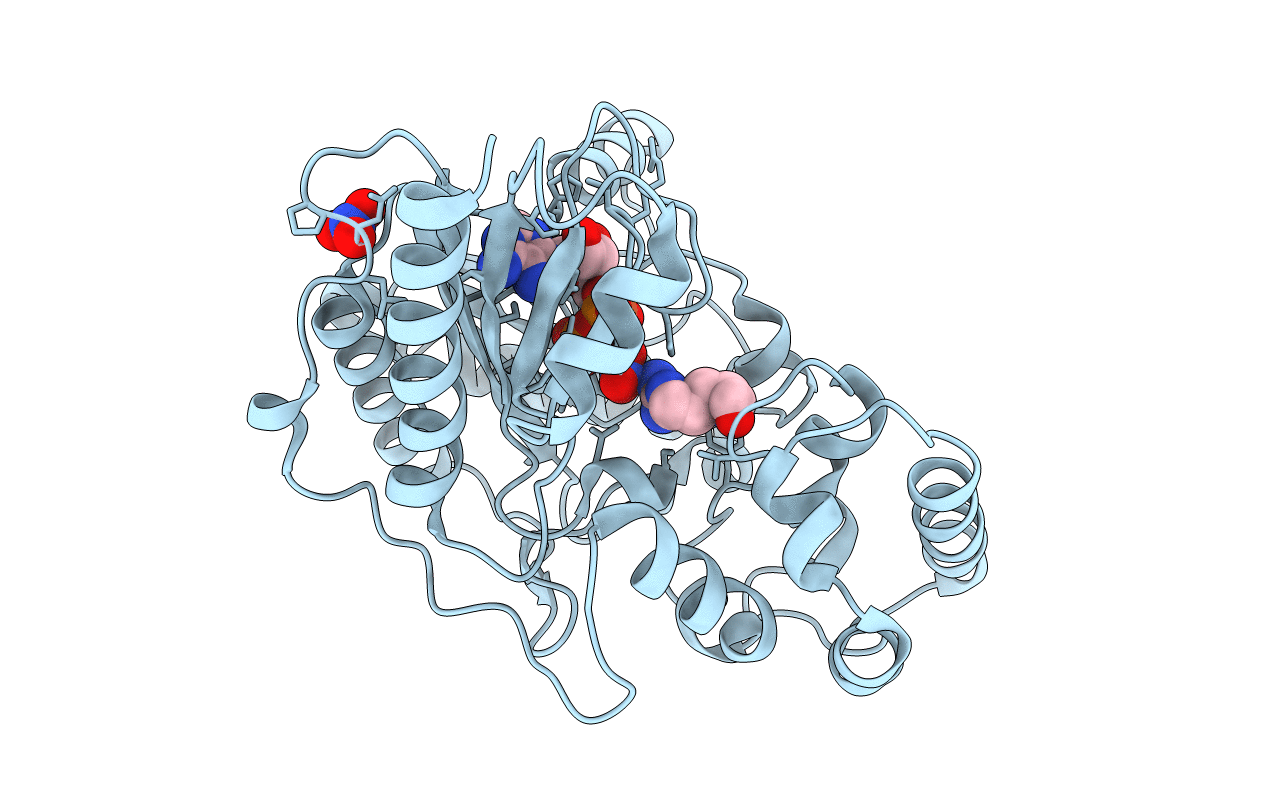
Deposition Date
2003-04-24
Release Date
2003-06-17
Last Version Date
2024-12-25
Method Details:
Experimental Method:
Resolution:
1.90 Å
R-Value Free:
0.23
R-Value Work:
0.17
R-Value Observed:
0.18
Space Group:
P 21 21 21


